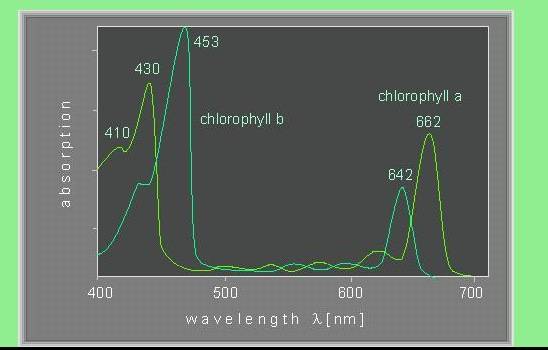G
Guest
1 foot candle = 1 lumen / square foot
Noontime Tropical Sun at sea level = approximately 10,000 foot candles
100 watts of HPS roughly = 9300 lumens
100 watts of MH roughly = 9000 lumens
100 watts of CF roughly = 7000 lumens
The MH light spectrum is strongest between 420 and 510 nanometers.
The HPS light spectrum is strongest between 560 and 625 nanometers.
The average Compact Fluorescent spectrum peaks at 425, 475, and between 550 and 640 nanometers.
Peak energy absorption by chlorophyll takes place between 400 and 475 nanometers, and between 640 and 700 nanometers.
Noontime Tropical Sun at sea level = approximately 10,000 foot candles
100 watts of HPS roughly = 9300 lumens
100 watts of MH roughly = 9000 lumens
100 watts of CF roughly = 7000 lumens
The MH light spectrum is strongest between 420 and 510 nanometers.
The HPS light spectrum is strongest between 560 and 625 nanometers.
The average Compact Fluorescent spectrum peaks at 425, 475, and between 550 and 640 nanometers.
Peak energy absorption by chlorophyll takes place between 400 and 475 nanometers, and between 640 and 700 nanometers.









